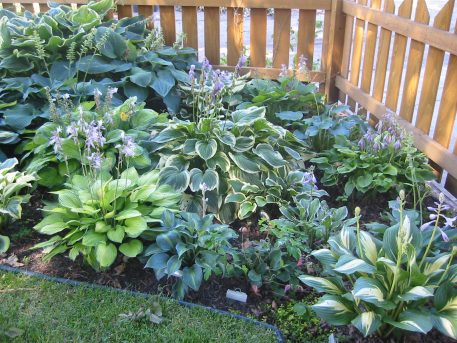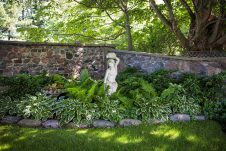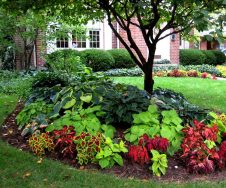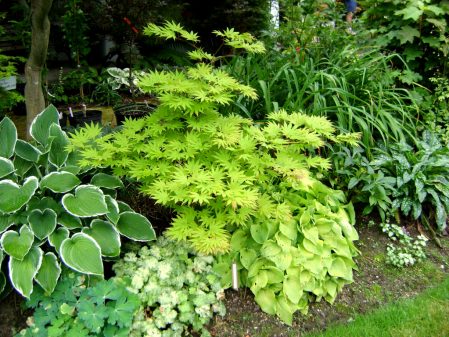Decorating a room and garden with plants is a great way to give comfort to your nest. But the issue of choosing the variety and type of vegetation needs to be taken quite seriously. Not all plants like shade, not everyone likes sunlight. Let's try to figure out what shade-tolerant plants are, how to choose them and what are the nuances of growing.
Material Content:
- 1 The choice of plants depending on the shaded area or apartment
- 2 Shade-tolerant indoor plants: variety description
- 3 Shade-tolerant garden plants: common species
- 4 Features of growing at home
- 5 Agricultural technology in open ground
- 6 Examples of a combination of shade-loving plants in landscape design
The choice of plants depending on the shaded area or apartment
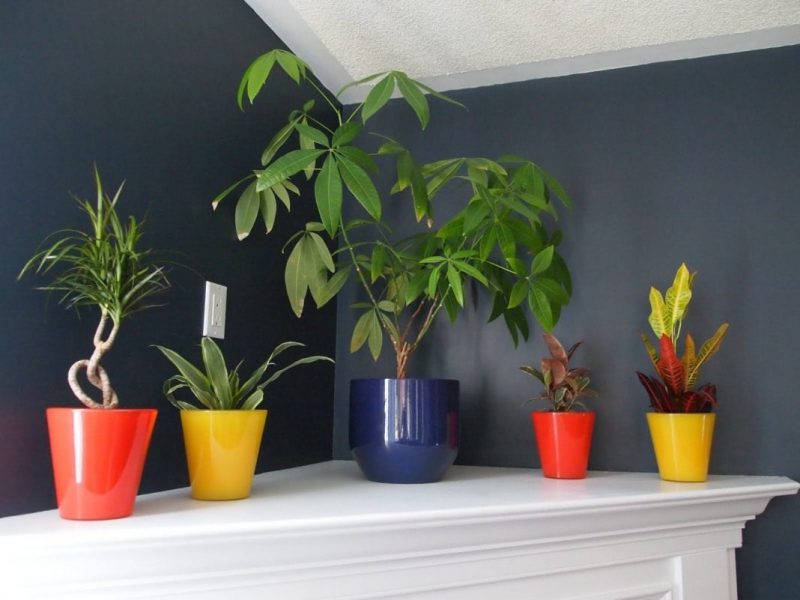
Plants that are suitable for planting in a shaded area are divided into two groups:
- Shade-loving - afraid of direct sunlight and intense heat. This group includes periwinkle, hoof, begonia, lily of the valley.
- Shade-tolerant - able to live both in the shade and in the scattered rays of the sun. Gardeners prefer this particular group, since a slight exposure to sunlight will not harm the vegetation. This group includes balsam, iris, forget-me-not, violet.
Decide how well the area you are planning to plant is landscaped. If it is a window sill in an apartment or a corner of a garden in which sunlight is only at dawn, this is a great place for shade-tolerant plants.
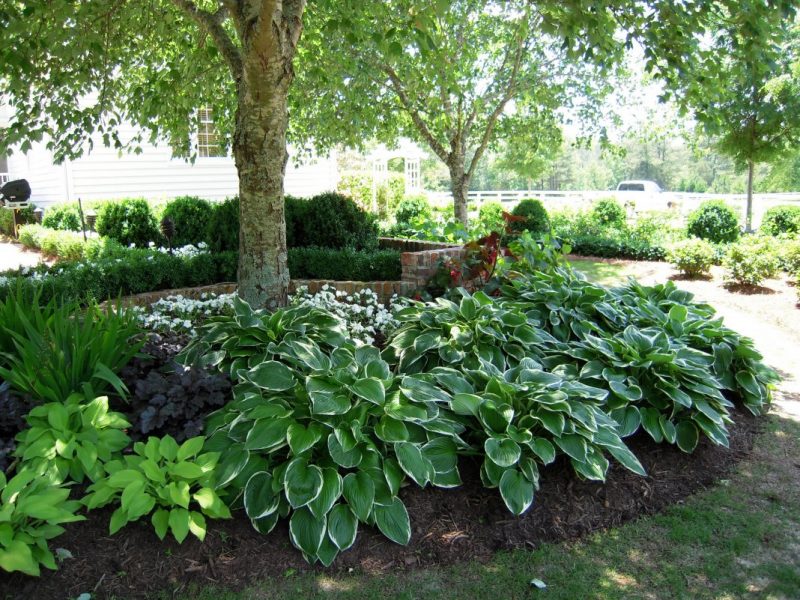
The next question that you need to decide when choosing street vegetation is whether it will be annual or perennial plants.
Shade-tolerant indoor plants: variety description
There is an opinion that indoor shade-tolerant plants are less attractive than photophilous.This statement is unfounded: there are many beautiful flowering varieties of domestic plants that affect the colors of inflorescences and the shape of green leaves.
Consider the most popular shade-tolerant indoor plants:
Spathiphyllum.

Indoor plant with smooth wide bright green leaves. He likes high humidity during the flowering period, during dormancy, moderate watering is enough. Spathiphyllum flowers are white, oblong in shape, consisting of one folded petal. He does not like drafts. Fans of indoor plants are attracted by its gentle outlines and light aroma.
Clivia
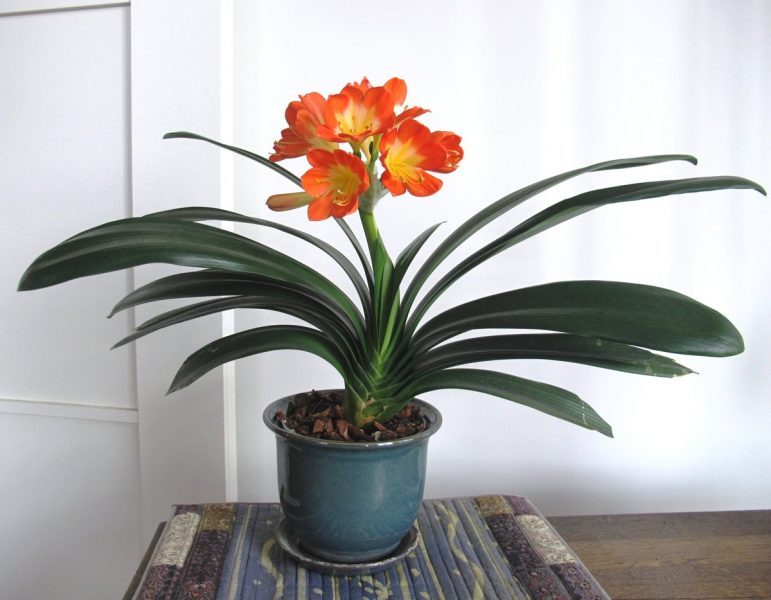
The leaves of clivia are oblong, dark green. I conquered flower growers with brightly colored flowers - small six-petalled flowers are collected in one bouquet on a fleshy short stalk. Shades - yellow, orange, red. Grows well in ambient light.
Gardenia.

It can also be called a room rose - for its similarity to a street relative, the shape of a flower. Indoor gardenia takes up little space - the bush looks quite compact. He likes spraying and watering with soft water.
Read also:jasmine gardenia: home care
Calathea Crocata.
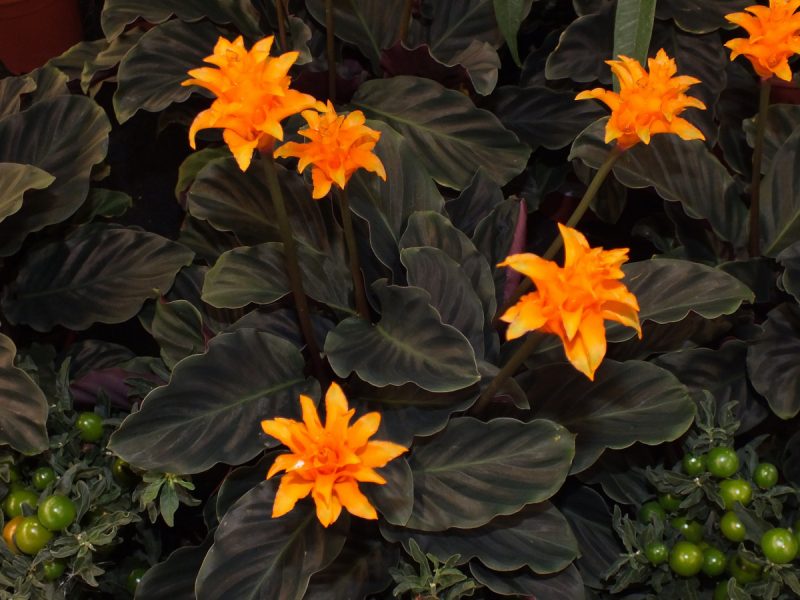
Loves heat and moisture. Appearance is very cute - between tiny neat small-sized leaves during flowering, bright miniature flowers appear. He will be comfortable on the kitchen window - there is always more moisture and heat in this room than in other rooms.
Saintpaulia.

Better known as violet. Perhaps one of the most popular indoor plants - it feels good both in the shade and in diffused light, and there are so many varieties of color, size and shape of inflorescences that you cannot collect in your whole life. The only caveat is accurate watering. Drops of water on leaves and stems cause decay. Therefore, water must be drawn into the pan.
Begonia.
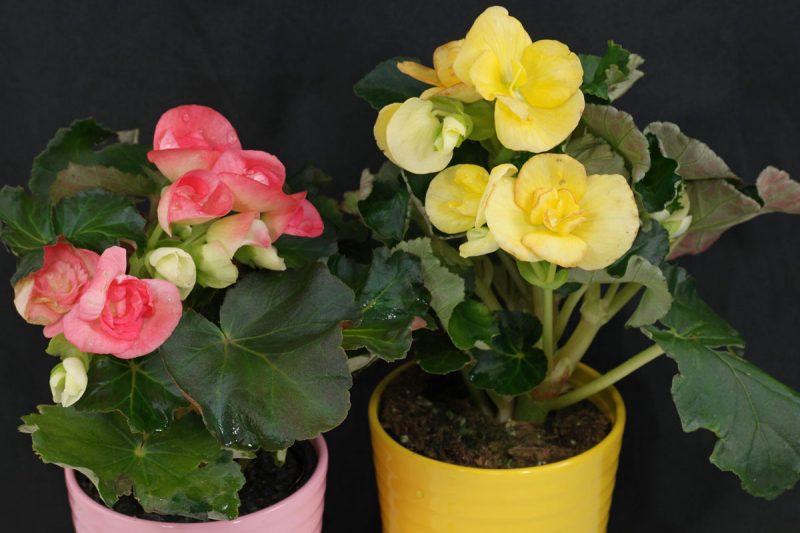
It blooms well even on the very northern side of the housing. Pleases the residents with bright large flowers. There are many varieties of begonia, so everyone can choose a variety to their liking.
It is interesting:pedilanthus at home
Vriesia
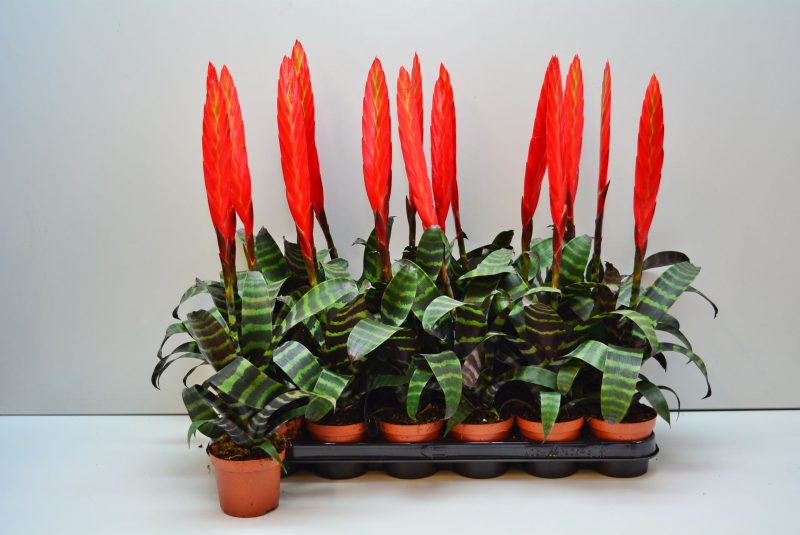
Attracts with unusual flowering - the spike-shaped flower is a continuation of the base of the plant, has a bright red hue.
More materials:care for vriesia at home
Of no less popular colors, it is worth noting Anthurium, Miltonia, Azalea. Lovers of abundant greens will be interested in climbing ivy, green-leafed syngonium, creeping callizia, peperomia, and tradescantia. These representatives of indoor plants do not have bright colors - more often these are small white inflorescences or green spikelets. But they can boast of an unusual color of leaves - silver stripes or light spots give them a pleasant, cozy look.
Shade-tolerant garden plants: common species
Garden plants are divided into two groups: annuals and perennials. The former live only one year: they grow, bloom, leave seeds and die. The next year, you can use the seeds or in their place to plant other flowers. Many annuals like this particular feature - there is an opportunity to diversify the design of their site.
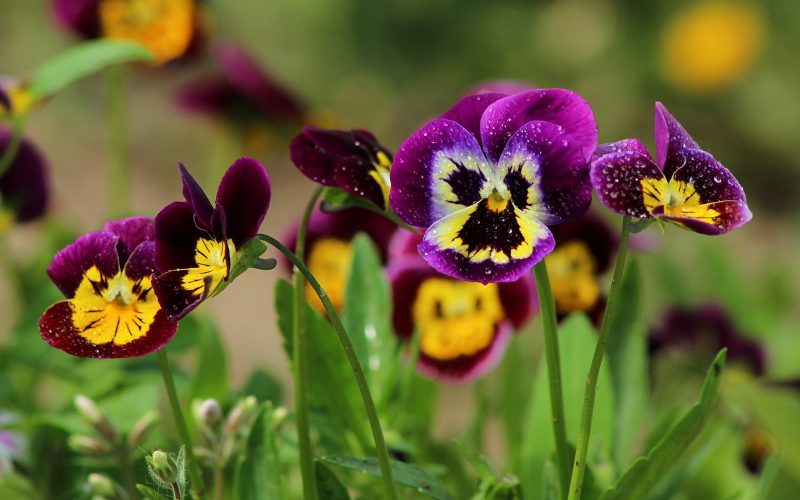
Popular annuals:
- pansies - tiny delicate bushes with bright colors, sometimes painted in several shades;
- Daisies are tiny plants that can create a whole flower lawn.
It is interesting: Daisies: planting and care in the open ground
Perennials are attracted by their stability: you only need to take care of them. It is especially important to protect from freezing in winter: some tolerate frost well on the street, others need to be transplanted into pots and brought into a room with a temperature of -5 degrees.
Popular perennials for the garden:
Tenacious.
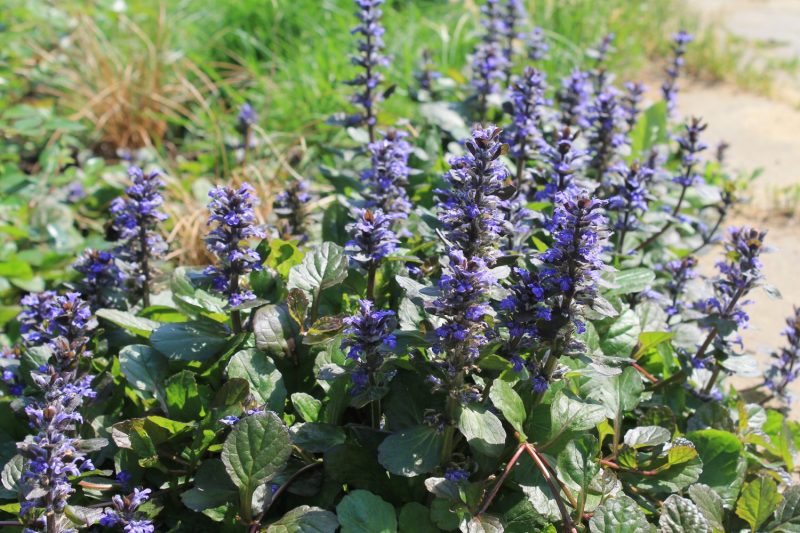
Many also call it a universal plant - for its ability to adapt to any lighting or its lack, excellent survival in cold weather. Often used as a living carpet for other plants.
Hydrangea.
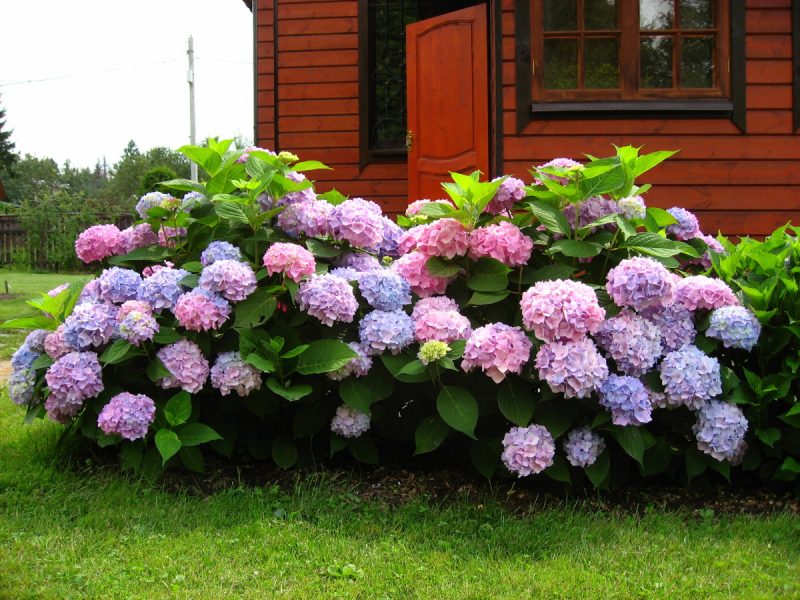
Extraordinarily bright lush corollas of small flowers of various shades conquered many gardeners. The plant grows with tall bushes, blooms until the first frost, does not require shelter in the winter season, and is relatively unpretentious in maintenance. They can grow in one place up to 40 years.
Goryanka.
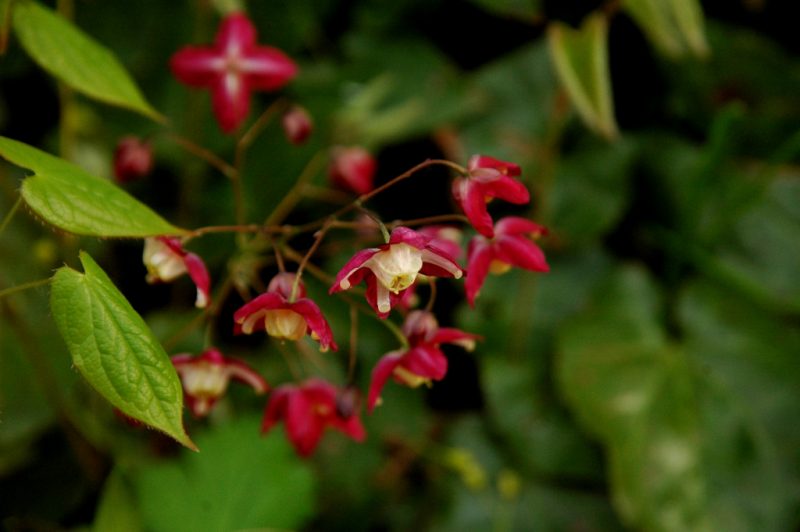
Frost tolerates only under cover. The bush is magnificent, eye-catching. There is only one feature: in May it discards leaves for about a week, during which it releases new greens.
Hosta
Read also: hosta - landing and care in the open ground
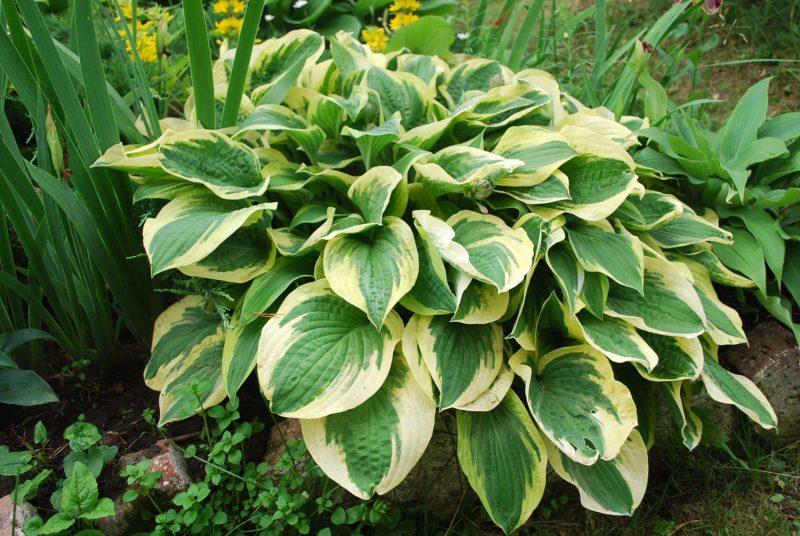
Popular due to the unusual color of the leaves: from light green to bluish, from plain white to spotty. During flowering, he lets in modest bells.
On a note. In the garden you can combine annuals and perennials, creating unique compositions of greenery and flowers.
Features of growing at home
Each plant needs its own approach, which each grower selects individually. For example, indoor violet feels good in the kitchen in any light, but it does not like cold drafts. Therefore, to ventilate a room, it is temporarily better to take it away.

By the appearance of indoor plants, you can determine what he loves and what he does not like:
- fleshy leaves - the plant retains moisture well, which means that if necessary, you can leave it in the shade for a week or two and not worry about drying out;
- glossy wide leaves - likes moisture, which means spraying from a spray gun 2-3 times a week in the warm season will be appropriate;
- yellow or brown spots on the leaves - too much light falls on the plant, it needs to be moved to the shade;
- rot - humidity is too high, you need to cancel spraying and reduce watering, remove damage and treat with special tools.
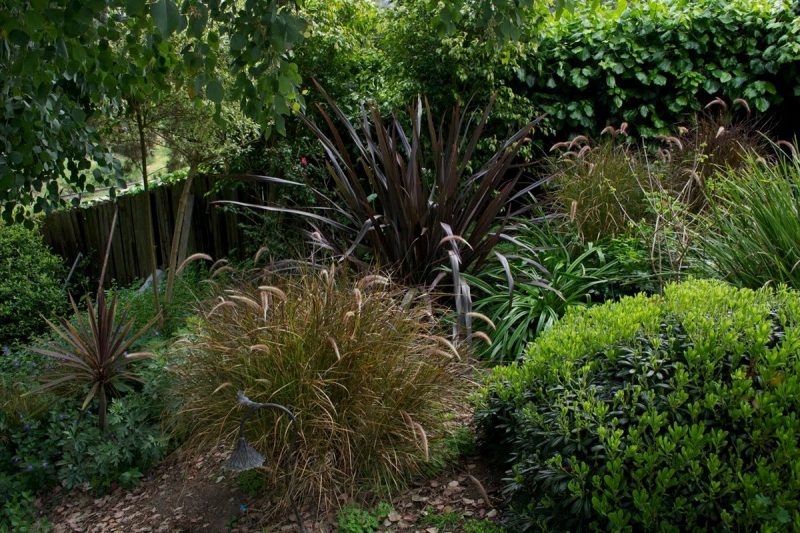
Regarding outdoor plants, the recommendations are as follows:
- Landing in May, when the risk of night frost is minimal;
- before planting, the soil must be enriched with organic fertilizers;
- give preference to less whimsical plants, for which short diffuse sunlight will not be critical, since a complete shadow will be completely destructive for any plant;
- watering plants is necessary if the topsoil is 1-2 cm dry.
With a reasonable selection of flowers, timely watering, and the use of correctly selected fertilizers, the garden will delight the household with lush flowering and healthy, bright greens for many years.
Agricultural technology in open ground
First of all, before planting garden plants, it is necessary to thoroughly prepare the soil:
- remove weeds;
- fertilize the soil at the site of the proposed planting;
- moderate watering, after complete drying of the topsoil.
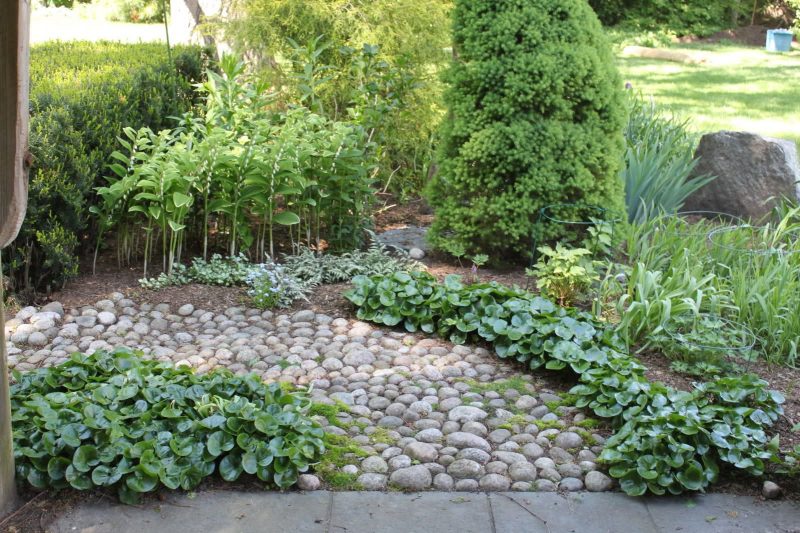
Fertilizers are selected based on the composition of the soil:
- Clay and loamy soils do not need additional top dressing; they contain enough substances necessary for plants.
- Heavy clay soil requires dilution with sand and peat.
- Sandy soils need complex fertilizer: clay fertile soil or a portion of greasy humus, which will not allow the land to dry out.
On a note. When planting vegetation under trees, you cannot dig soil closer than 4 m from the trunk.
Examples of a combination of shade-loving plants in landscape design
Thinking over the landscape design of the site, it is necessary to collect a harmonious combination of plants.
Here are some examples of a combination of shade-loving plants:
- From a green fern create a lush background for a lushly flowering tiara heartfelt. In this duet, a decorative stone will give some zest.
- You can create an alpine slide with a combination of cuffs and hoofs.
- Yew bush is suitable as a background for almost any flowering plant: in the center you can plant an arizema, and outline the edges with lilies of the valley.
Thus, the flowerbed will be decorated with flowering throughout the warm season.
Create original compositions, complement with decorative stones, figurines, amphorae, lighting, decorating a unique garden corner for relaxation.


